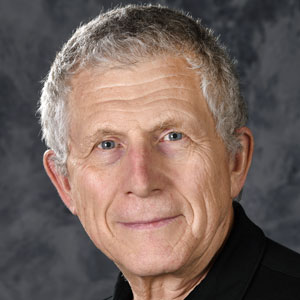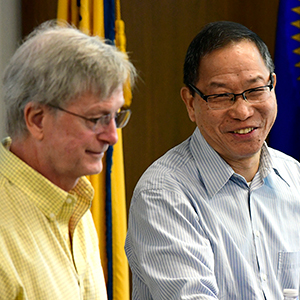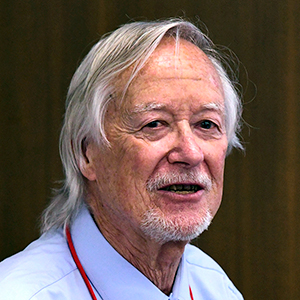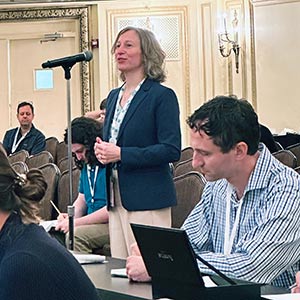The DNA double helix is an iconic structure. But this structure can get bent out of shape as its strands are replicated or transcribed. As a result, DNA may become twisted too tightly in some places and not tightly enough in others. Sue Jinks-Robertson, Ph.D., studies special proteins called topoisomerases that nick the DNA backbone so that these twists can be unraveled.
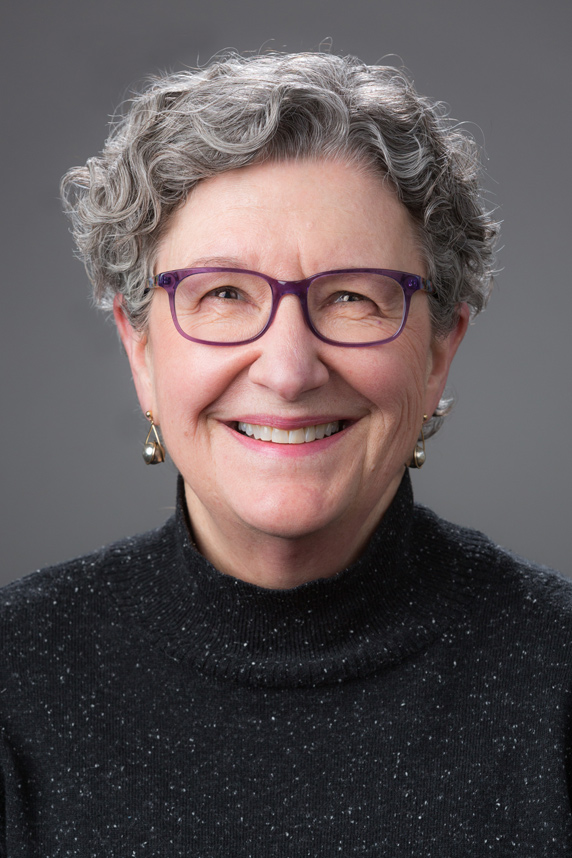 The mechanisms Jinks-Robertson uncovered in bacteria and yeast are similar to those that occur in human cells. (Photo courtesy of Sue Jinks-Robertson)
The mechanisms Jinks-Robertson uncovered in bacteria and yeast are similar to those that occur in human cells. (Photo courtesy of Sue Jinks-Robertson)“Topoisomerase activity is essential. But anytime DNA is cut, things can go wrong — that is why it is risky business,” she said. Jinks-Robertson spoke Mar. 9 as part of the NIEHS Distinguished Lecture Seminar Series.
Jinks-Robertson has shown that unresolved DNA breaks make the genome unstable, triggering mutations that can give rise to cancer. The Duke University School of Medicine professor presented how she uses yeast as a model genetic system to study this potential dark side of topoisomerases.
“She has made numerous seminal contributions to our understanding of the mechanisms of mutagenesis,” said NIEHS Deputy Scientific Director Paul Doetsch, Ph.D., who hosted the event. “After collaborating with her a number of times, I can tell you that she always has insightful approaches to any type of scientific problem.”
Wound too tight
Many molecular processes, such as replication and transcription, can generate torsional stress in DNA. “The easiest way to think about torsional stress is to imagine you have rubber bands that are wound around each other,” said Jinks-Robertson. “If you hold one static and separate from the other end, what happens is rubber bands will coil around themselves.”
Two types of topoisomerases deal with these structures. Topoisomerase 1 nicks a single strand. Topoisomerase 2 makes a double-strand break. “A lot is known about the biochemistry of these enzymes because they are frequent targets of chemotherapeutic drugs,” she said.
Tweaking topoisomerases
Jinks-Robertson’s team manipulated various aspects of topoisomerase activity and measured their impact on mutations that accumulated in the yeast genome. For example, they found that ramping up the pace of transcription resulted in a variety of mutations, especially small deletions of DNA. Interestingly, these deletions appeared to be dependent on topoisomerase 1 activity, because when the enzyme was lost those mutations never arose.
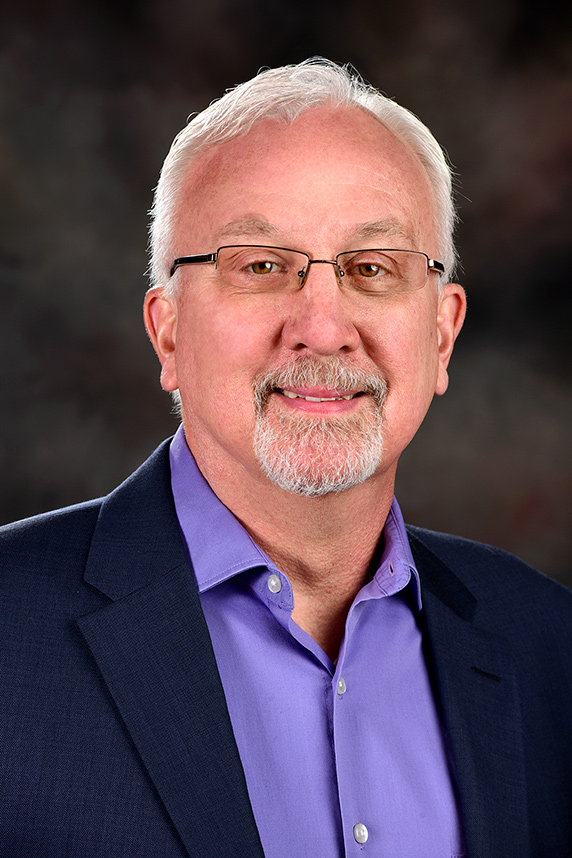 Doetsch met Jinks-Robertson decades ago, when they started their careers as faculty members at Emory University. (Photo courtesy of Steve McCaw / NIEHS)
Doetsch met Jinks-Robertson decades ago, when they started their careers as faculty members at Emory University. (Photo courtesy of Steve McCaw / NIEHS)Her team also showed that a mutant form of topoisomerase 2 — which was particularly sensitive to the chemotherapeutic drug etoposide — was associated with small duplications of DNA. When they consulted the Catalogue of Somatic Mutations in Cancer, commonly called COSMIC, they found that the mutational signature they identified in yeast precisely matched a signature in human cancers, which is called insertion-deletion signature 17 (ID17).
“We believe that mutations in topoisomerase 2 are likely a driver of the genetic changes seen in gastric tumors,” said Jinks-Robertson.
Doetsch suggested that the research has provided important insights into similar processes in the human body. “Jinks-Robertson’s studies reveal that exposures to topoisomerase inhibitors as part of cancer treatment — or through environmental exposures to naturally occurring inhibitors such as tannins, catechins, and flavones — could pose a potential risk for acquiring mutations that drive disease processes, including cancer,” he said.
Citations:
Lippert MJ, Freedman JA, Barber MA, Jinks-Robertson S. 2004. Identification of a distinctive mutation spectrum associated with high levels of transcription in yeast. Mol Cell Biol 24(11):4801–4809.
Stantial N, Rogojina A, Gilbertson M, Sun Y, Miles H, Shaltz S, Berger J, Nitiss KC, Jinks-Robertson S, Nitiss JL. 2020. Trapped topoisomerase II initiates formation of de novo duplications via the nonhomologous end-joining pathway in yeast. Proc Nat Acad Sci. 117(43): 26876–26884.
(Marla Broadfoot, Ph.D., is a contract writer for the NIEHS Office of Communications and Public Liaison.)





